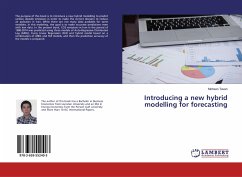2D and 3D fluid-flexible structure interaction models, due to their different degree of complexity and associated data requirements, can be used at different stages of the ship design process when estimating wave-induced loads. In this work hydroelasticity theories are applied to predict and compare the steady state dynamic behaviour of a bulk carrier in regular waves. Both symmetric and antisymmetric motions and distortions are incorporated in these investigations. Problems encountered during the structural modelling stage are outlined with particular emphasis to modelling hatch openings shear center and warping.Comparisons are made between responses as well as direct stresses predicted by 2D and 3D models in regular waves. It is shown that whereas for symmetric motion the behaviour of two- and three- dimensional idealisations are in remarkably good agreement some deviations arise in the antisymmetric plane, mainly due to the fact that the weakness of the two dimensional beam idelisations to simulate realistically the warping induced dynamics of the hull girder.
Bitte wählen Sie Ihr Anliegen aus.
Rechnungen
Retourenschein anfordern
Bestellstatus
Storno








